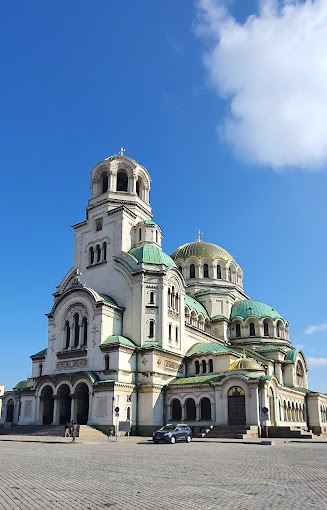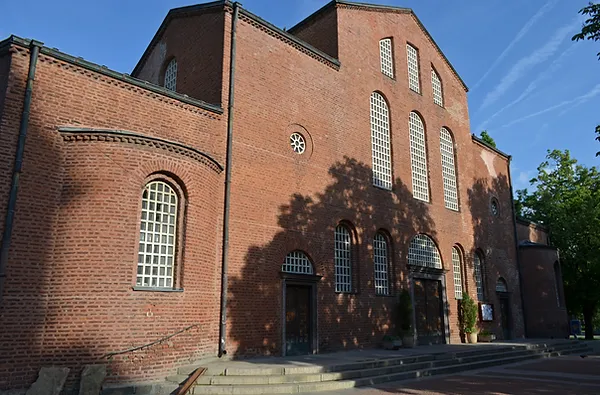Hi! I am a Bulgarian :) You can find information for my birthplace Sofia here.
The Patriarchal Cathedral of St. Alexander Nevski is the largest Orthodox temple on the entire Balkan Peninsula.
The cornerstone of the St. Alexander Nevski cathedral was laid on February 19, 1882. At the same time, two texts were placed in the temple’s foundations: one was engraved on a metal plate and the other was written on parchment. The historical events of 1877-1878 will be preserved forever in them.
The Church of St. Sofia is situated in the center of Bulgaria’s capital. Like its namesake, Hagia Sophia in Constantinople, it was originally dedicated to the wisdom of God. It is one of the oldest churches in Sofia and its history is closely related to the history of the city. In fact, Sofia is named after this church.
Over the next few centuries, several other churches were constructed, only to be destroyed by invading forces such as the Goths and the Huns. The basic cross design of the present basilica, with its two east towers and one tower-cupola, is believed to be the fifth structure to be constructed on the site and was built during the reign of Byzantine Emperor Justinian in the middle of the 6th century (527-565). It is thus a contemporary of the better-known Hagia Sophia church in Constantinople. Fragments of the mosaics from an older structure which found underneath the current church were discovered during archeological excavations.
It is likely the site of the Council of Serdica held in Sofia in 343. While it was upheld in the East and the West, this council did not accomplish its goals, and thus is not viewed as an ecumenical council as, for example, the Council of Nicea would be.
During the Second Bulgarian Empire (spanning the 12th to 14th centuries), the structure acquired the status of a metropolitan church. In the 14th century, the church gave its name to the city. In the 16th century, during Ottoman rule, the church was converted into a mosque: the original 12th-century frescoes were destroyed and minarets were added. In the 19th century two earthquakes destroyed one of the minarets and the mosque was abandoned. Restoration work was begun after 1900.
It is likely the site of the Council of Serdica held in Sofia in 343. While it was upheld in the East and the West, this council did not accomplish its goals, and thus is not viewed as an ecumenical council as, for example, the Council of Nicea would be.
During the Second Bulgarian Empire (spanning the 12th to 14th centuries), the structure acquired the status of a metropolitan church. In the 14th century, the church gave its name to the city. In the 16th century, during Ottoman rule, the church was converted into a mosque: the original 12th-century frescoes were destroyed and minarets were added. In the 19th century two earthquakes destroyed one of the minarets and the mosque was abandoned. Restoration work was begun after 1900.
Challenges:
Le creablablablog.- Ete 2024 Defi- #3
Ellibelle's Crafty Wednesday - Anything Goes
Krafty Chicks - #730 All Occasions







Ta carte pour le sketch est adorable ! Tes photos sont très belles aussi. Je regrette de ne pas mieux savoir l'anglais... J'ai compris quelques petites choses, mais pas tout, mais le peu que j'ai compris était intéressant, merci Maria ! Bisous
ОтговорИзтриванеSuch a beautiful card in a CAS design!
ОтговорИзтриванеSt. Alexander Nevski cathedral looks amazing! I am sure Sofia would be a wonderful place to visit! I was born in Europe, now living in the USA. I miss the European architecture.
Thanks so much for sharing at my Crafty Wednesday challenge this month!
Ellie
Ellibelle's Corner
Thanks for the explanations. I was sick when I wrote the post and, probably, not attentive because tired. I have changed on the blog. Thanks so much for sharing this stage of Blablacat's travel with with cute CAS card ♥ hugs
ОтговорИзтриванеNicely done, a very cute CAS card. Well done. Thanks for playing our challenge at Krafty Chicks Challenge this week. Have a great day!
ОтговорИзтриванеLeanne DT Member/KCC